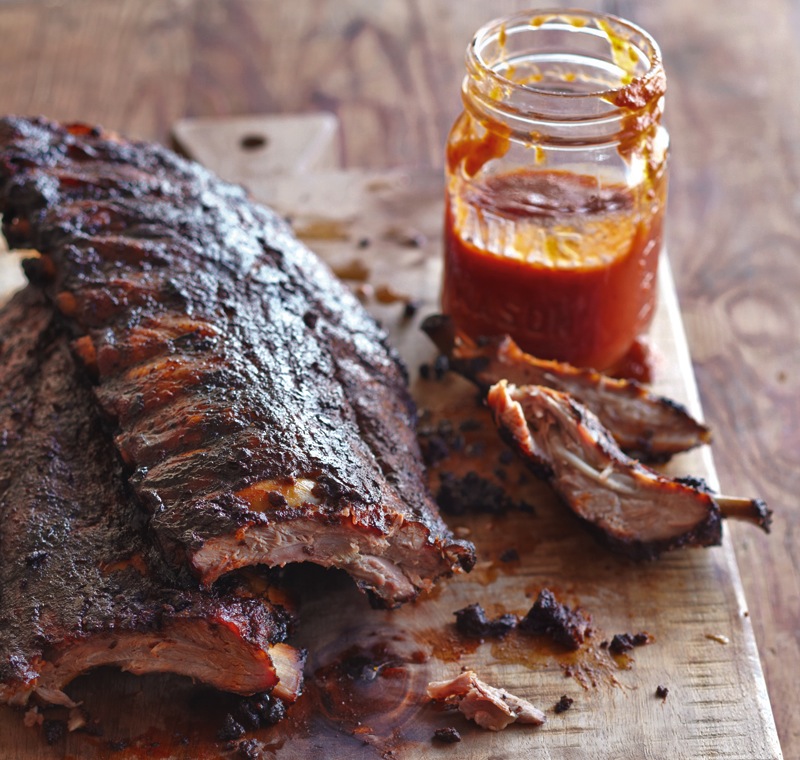
There’s no reason to wait till the weather is summery to get your paws on ribs as good-looking as those above. Cold-weather grilling has its proponents, too. Though not as large in number as their summer counterparts, they are arguably more fanatical about their craft.
We’ve already coached you about what to cook on your grill this winter, but here are 10 practical tips for how to do so when the mercury drops. Some are no-brainers (stay warm!) but others come from the minds of seasoned grill-heads.
1. Bundle Up
We see you, guy in a T-shirt running back and forth to the grill in the snow. Don’t be a hero: Put on layers, a hat, and whatever you need to stay cozy. (And no, a beer doesn’t count for keeping you insulated.)
2. Get a Grill Cover
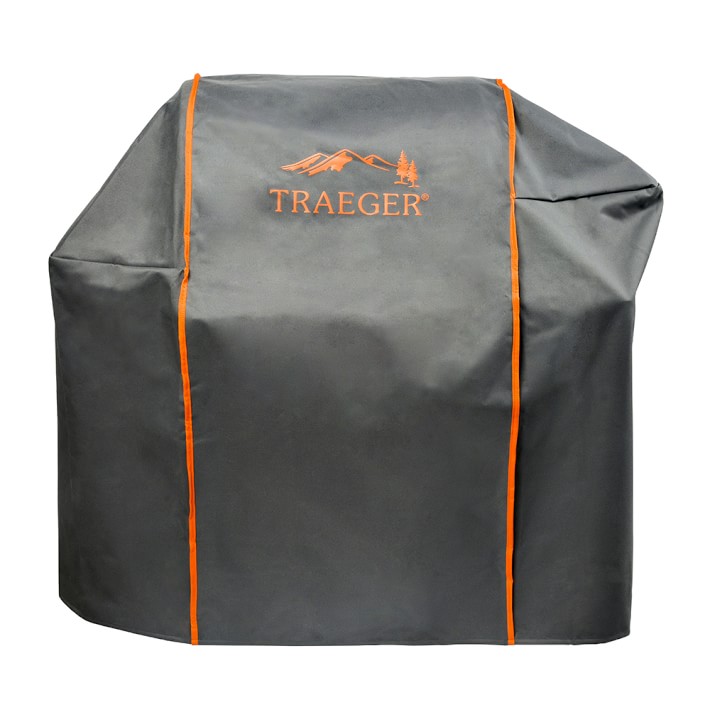 There’s no reason not to have a cover, such as this lovely Traeger number, for your grill. Don’t just plop it on there at the end of summer, either; seal it up tightly. It’ll make starting your fire in the dead of winter that much less daunting.
There’s no reason not to have a cover, such as this lovely Traeger number, for your grill. Don’t just plop it on there at the end of summer, either; seal it up tightly. It’ll make starting your fire in the dead of winter that much less daunting.
3. Get Your Grill Close (But Not Too Close)
When the leaves start to turn in autumn, start thinking about how close your grill can be to your house, how much fuel you have, how to store it in a dry place, and all that good stuff. Just don’t put the grill too close; it should be at least 10 feet from your home.
4. Snow is Not Insulation
Let’s debunk a myth right now: If you have a gorgeous grill like the one above, you are doing it no favors but letting it sit covered in snow. Snow can’t “insulate” a hot grill.
5. Give It Extra Warmup Time
Speaking of getting things good and toasty, remember that the grill that needs 20 minutes to heat in the summertime may well need 40 in the winter. It’s a particularly good notion to keep in mind if you’ve invited guests; you don’t want them peering out the window at you hungrily.
6. Keep the Grill Shut
Want to get a gorgeous crust like the one above on your steak? In colder weather, it’s more important than ever to just keep that grill shut. This ribeye recipe requires flipping the steak just once. Keep the grill nice and tightly closed the rest of the time so the heat doesn’t drop too much.
7. Let There Be Light
We lose sunlight earlier in the day in the wintertime, so be sure your cooking area is either well-lit by outdoor lamps or you have a good flashlight. Ideally you have both. (Think about it: High temperatures, raw food, snow; you want to minimize the things that could go wrong.)
8. Consider Fast-Cooking Foods
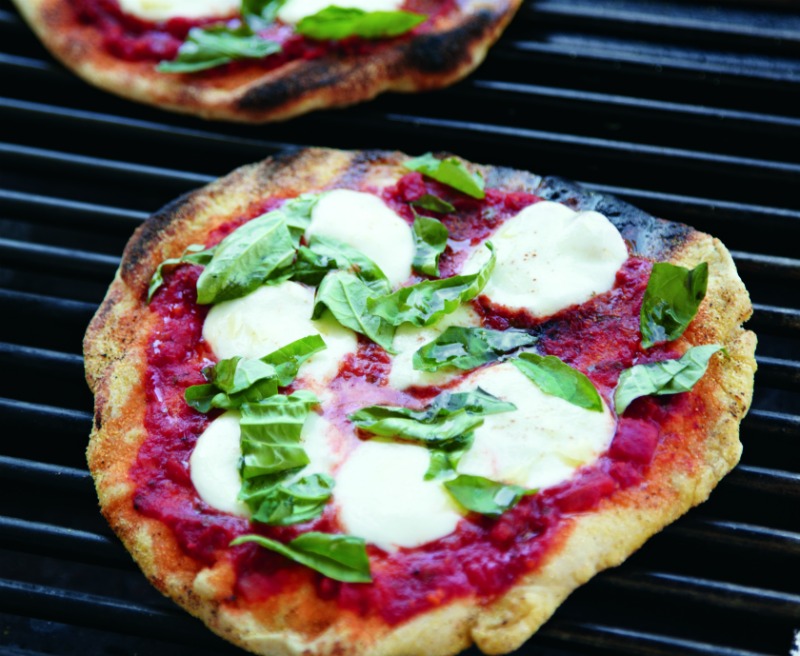
Though of course this will vary by the grill, consider grub that cooks up in a flash so you’re not standing in the frigid air for very long. Pizza is an excellent thing to consider.
9. Pick Low-Maintenance Foods
Got a great recipe for grilled ribs that requires basting every five minutes? Save it for the summertime. You’ll lose so much heat every time you open the lid that you should consider lower-maintenance options, such as a whole roast fish for which you can set a timer.
10. Bring a Cover for Food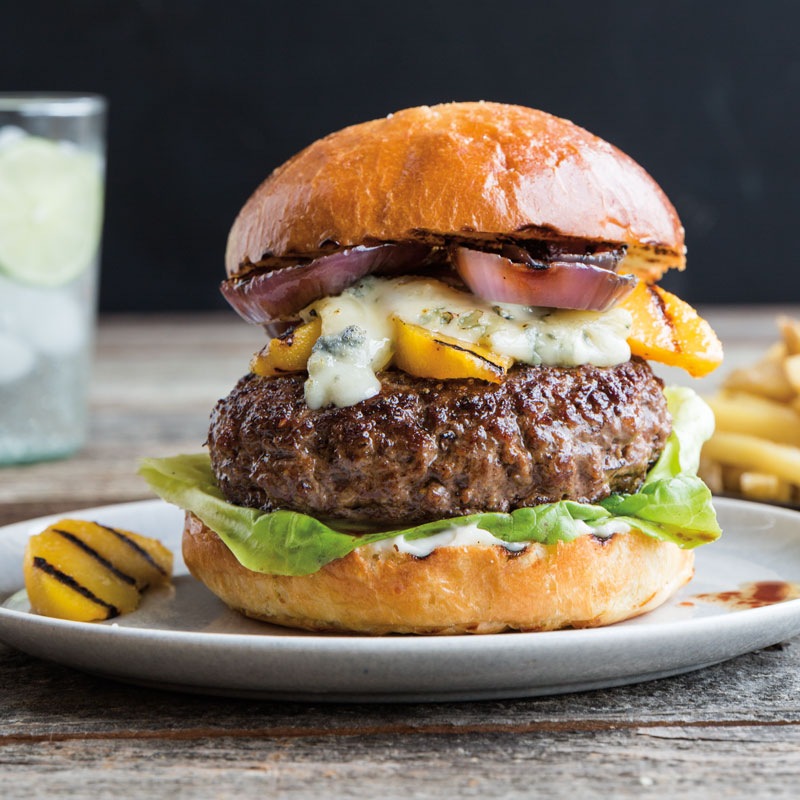
It’s easy to forget in the heat (er, chill) of cooking quickly, but try to remember to bring out some sort of cover or plate for the finished food. You don’t want to do all this work, then have to microwave the beautiful burgers seen here.

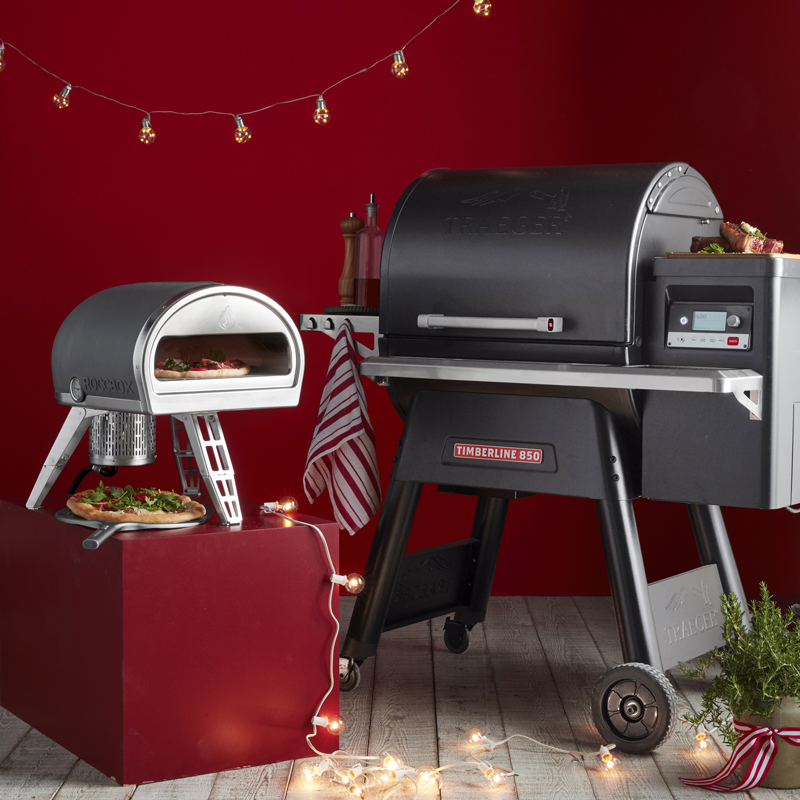
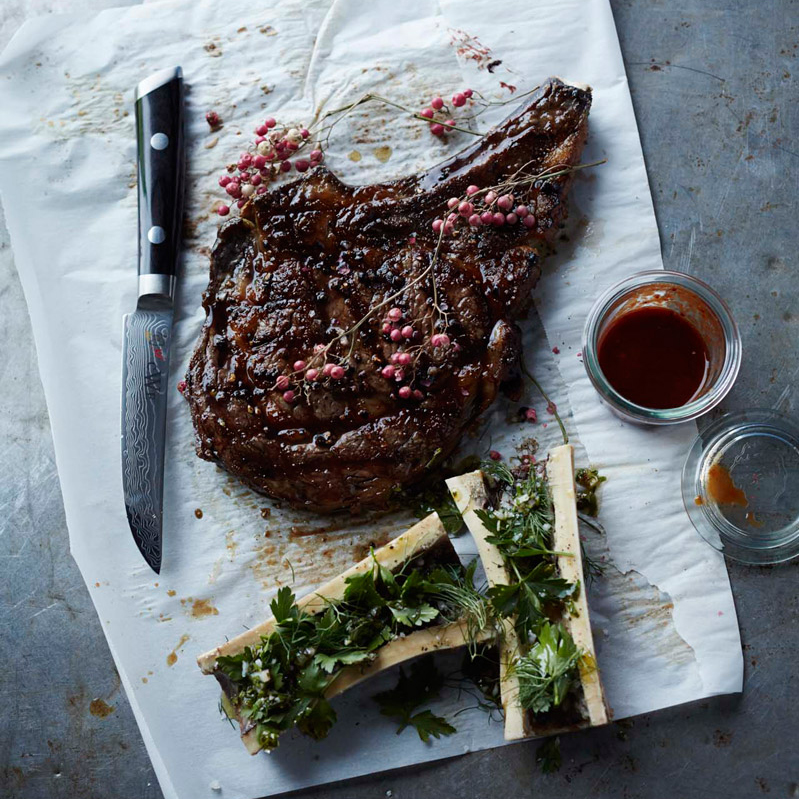
3 comments
[…] lifts the spirits like comfort food! Besides, with the reduced daylight hours, foods that can cook quickly are […]
[…] lifts the spirits like comfort food! Besides, with the reduced daylight hours, foods that can cook quickly are […]
[…] snow, and is an ideal way to enjoy your outdoor space a little longer. You might want to move your grill a little closer to the house and make sure there is a path clear of snow. Also, keep in mind that […]